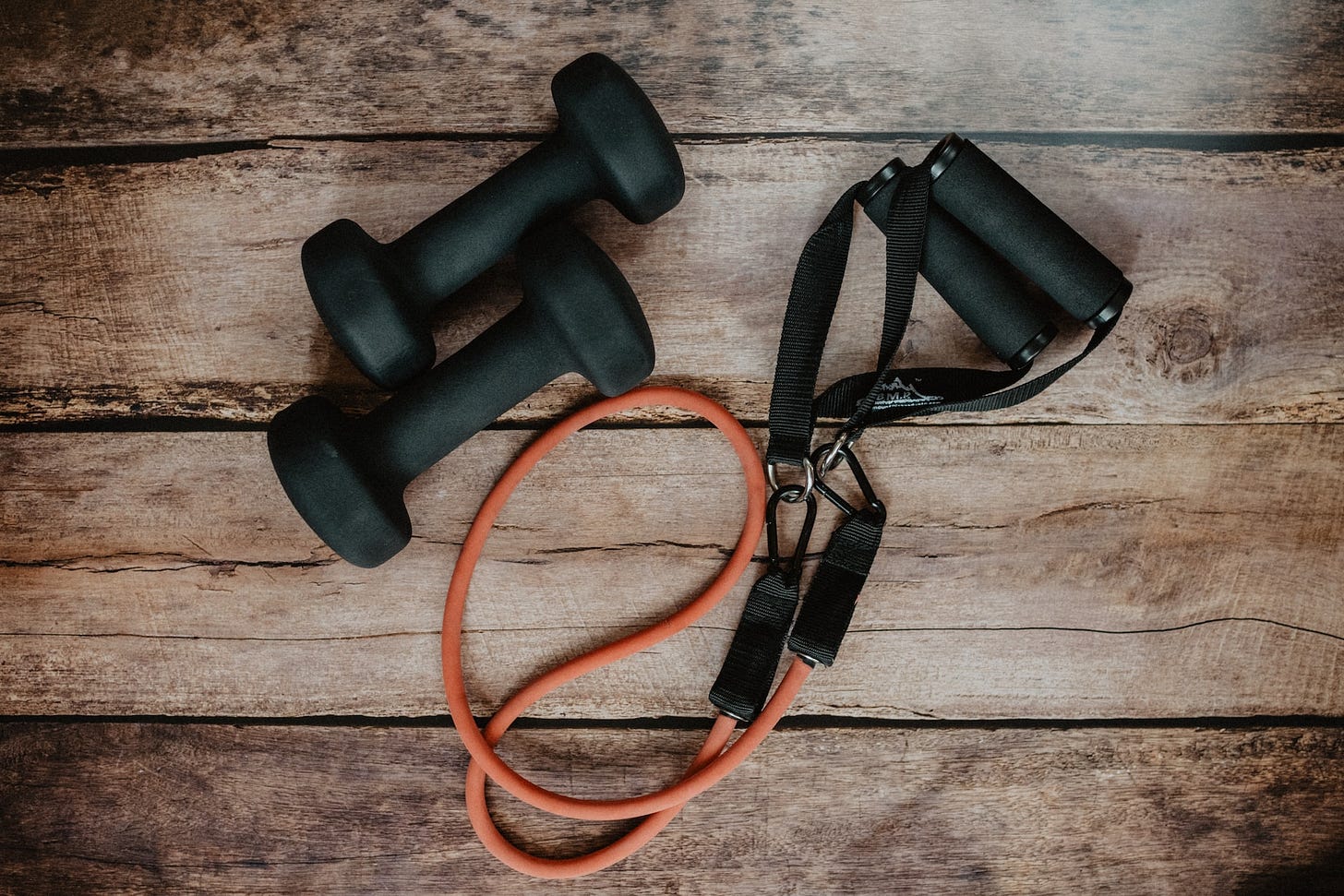Please ignore what I’m about to tell you regarding handling a patient in the final hours or days of their life.
Hmmm?
Let me rephrase that opening sentence: don’t assume I’m correct when I wonder if turning your loved every two hours near the end of her or his live is necessary.
Hmmm?
I recall when one of the nurses at our weekly hospice team meetings—where the staff gathered to review each patient’s condition and needs—mentioned she’d read an article questioning the value of turning a patient near the end of life. She wasn’t recommending a change of policy for our treatment of dying patients, or suggesting that some patients be used as “experiments” to see how turning versus not turning impacts their well-being. Mostly, she seemed to be asking about how to improve the quality of life for families and their loved ones as they face the final days.
Based on how other nurses in the team meeting reacted to her comment, regularly turning a patient was an essential part of patient care training. That made sense back then, even to semi-ignorant me. By shifting someone, if only a gentle move, bedsores and skin tears and bruising can be reduced or avoided. It’s important for our bodies to be bodies in motion. When I broke a leg while backpacking in the early 1980s—“It’s a tib-fib spiral fracture,” the surgeon had announced after screwing pins into the two bones of my lower left leg, “It’ll take a long time for recovery.”—I was shocked at how quickly the nurses made me leave bed. Indeed, even before I could dangle my one good and one bad leg over the bed, they had me exercising while flat on my back. How I loved the butt cheek squeezes! Give me a hundred, kid!
Keep the body moving. But what about when the body—when our loved one—is near death?
In that time, our old habits are strongly influences.
We know we need liquid to live, and we make sure the patient drinks plenty of fluids. Hydrate!
We know how important eating is, and even if only a taste of vanilla pudding or sips of Ensure, we’ll do almost anything to ensure our loved one has a “meal.” Whether child or adult, who doesn’t recall the first nibble of a cracker or spoon of chicken noodle soup after you’ve been too sick to eat? Once you started eating, you were on the road to recovery. In the hospital, after my awful leg injury, one of the nurses said I’d be discharged from the hospital only after successfully handling a little drink and a little food. Bring it on! Eat and get better!
There’s more. Exercise, and remember . . . no pain, no gain! Get eight good hours of sleep! Don’t have many sweets! Consume five daily portions of fruit and vegetables!
All the rules we have, all the habits of life, all the ways to get well, get strong, and get going.
Turn the patient every two hours.
Is there a time when keeping the body is motion is no longer necessary? After hearing the medical staff in the team meeting briefly discuss it, and after reading a few articles about the value of turning (and certainly because my education and experience is ministry not medicine), I don’t know. There are good arguments for turning or not turning patients as they near death. It’s something nurses, doctors, and caregivers should talk about it and decide. As with so many potential decisions, every situation may have different needs.
Some of our “habits” might need to change when a loved one nears life’s end. If medical staff suggests your parent or spouse may no longer benefit from drinking and eating, please consider their advice. Maybe you’ll end up disagreeing, maybe it’s not time for you or the one you love to stop taking a particular pill or eating three “meals” a day, but at least listen to what is being said.
Years of habit and experience rightly cause us to understand: if only he or she will eat a little more or drink a little more, won’t they get better? In most of life, that’s hopefully true. But in the time of dying, maybe we need to let go of certain habits, choosing instead to hold the hand, whisper words of comfort, and give the nourishment of your presence. Maybe there will come a time when turning the body every two hours is not as important as the stillness of being with the other and sharing the final moments of their journey with them.
+++++++++
Photo by Kelly Sikkema on Unsplash
My book, A Companion for the Hospice Journey is available at Amazon.




Thank you Larry for your insightful, caring post! When Steve died, we held his hand, sang to him and surrounded him with love. I remember him gently squeezing my hand about 5 minutes before he died.